Solid Wood
Our solid wood flooring is a great choice for anyone looking for a luxurious, authentic wood finish in the home. We have a wide range of solid wood flooring in stock, all of which is available at the UKs lowest prices. These premium quality products are our speciality so you can feel comfortable that you will always receive a top product at fantastic value for money when ordering from Precise Flooring.
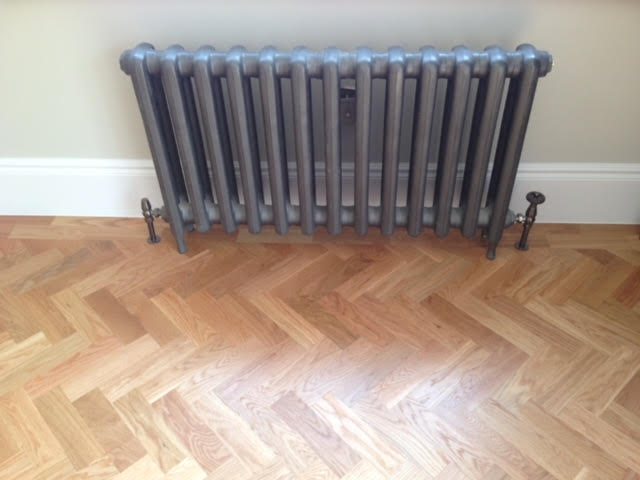
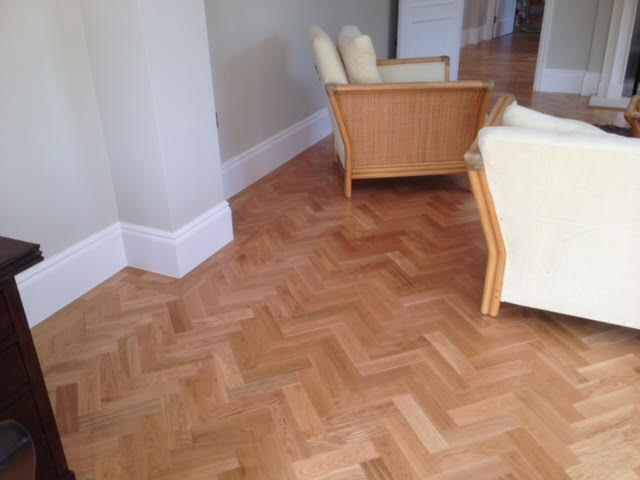
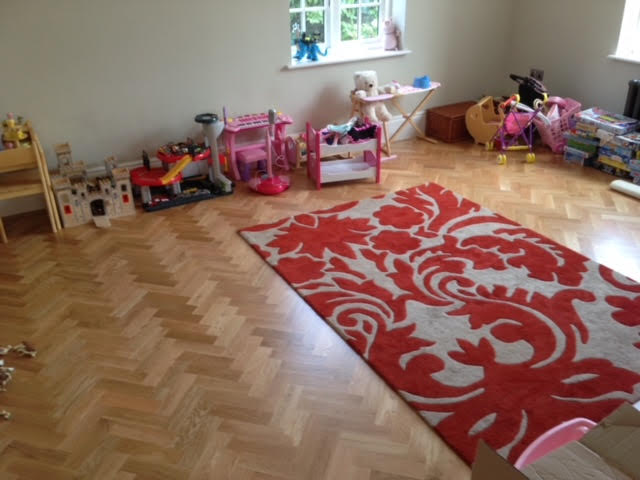
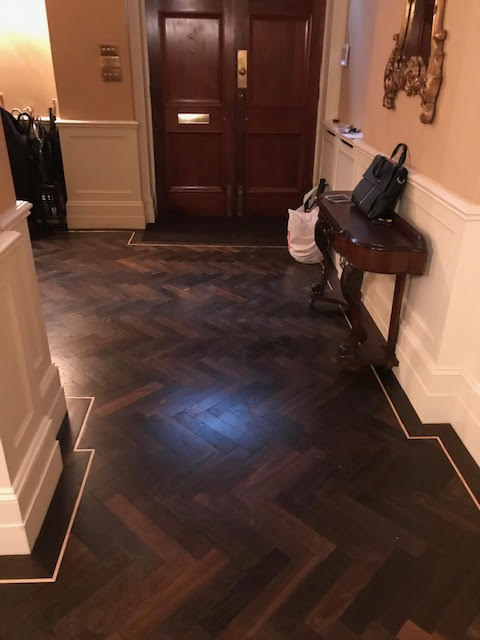
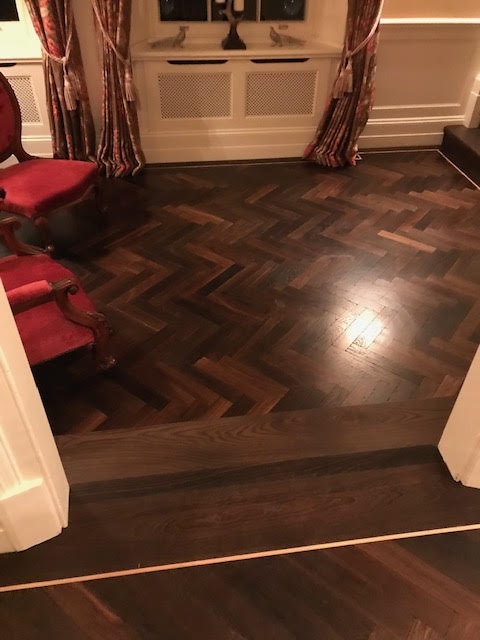
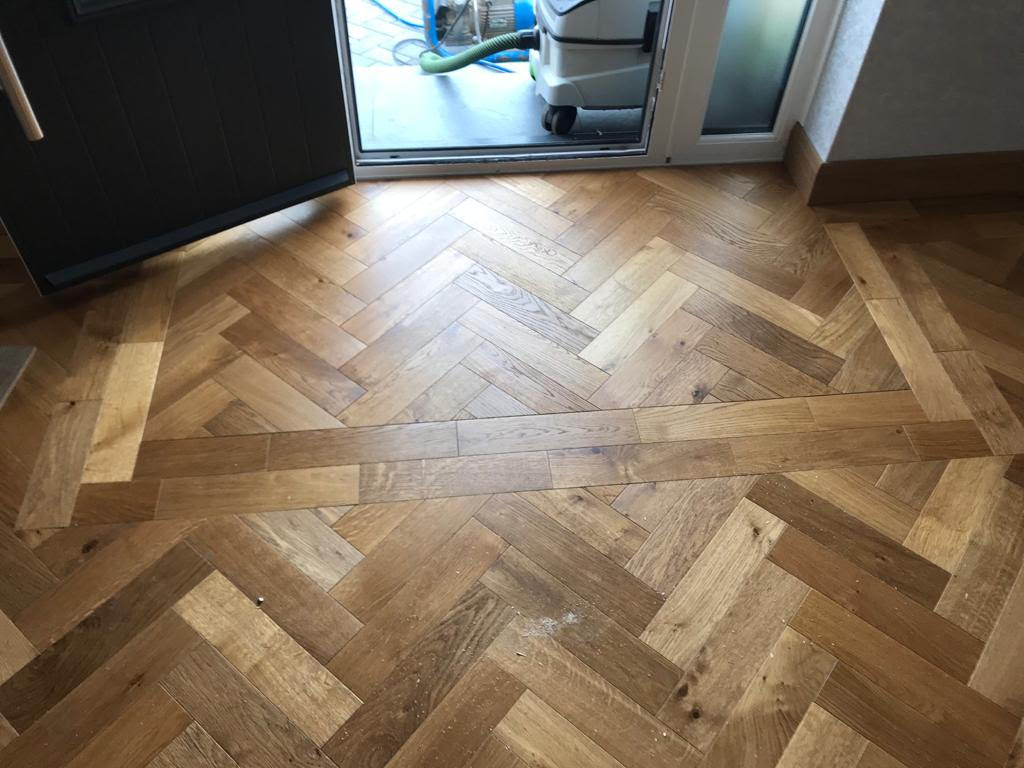
Engineered Wood
Engineered wood flooring combines multiple layers of timber with a solid wood veneer. Designed to allow for wood expansion, engineered wood is compatible with underfloor heating systems and boasts a high moisture tolerance level. Whether you’re looking for walnut or engineered oak flooring, there’s a range suitable for all budgets!
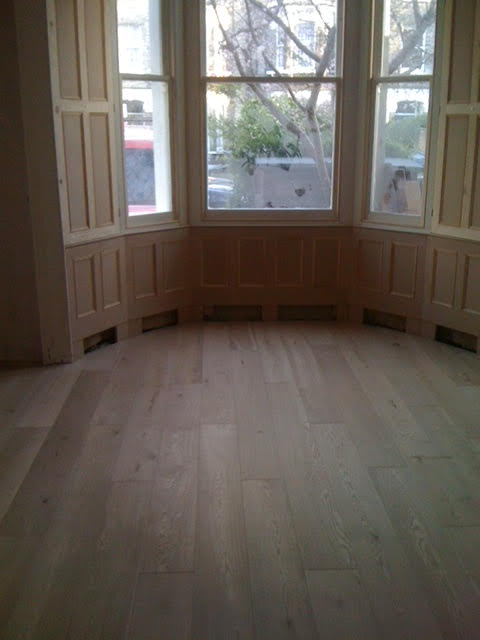
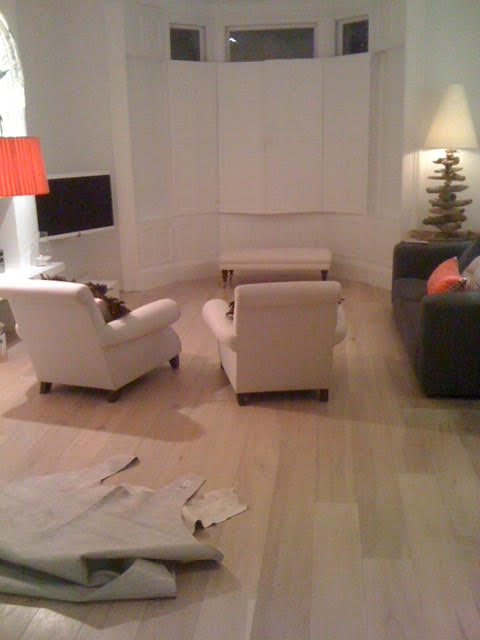
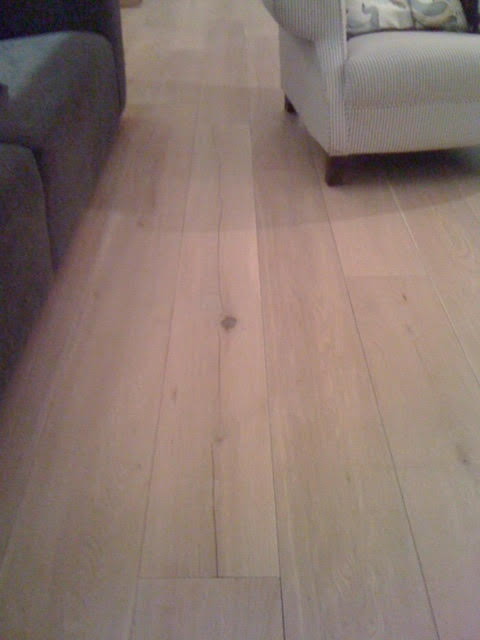
e
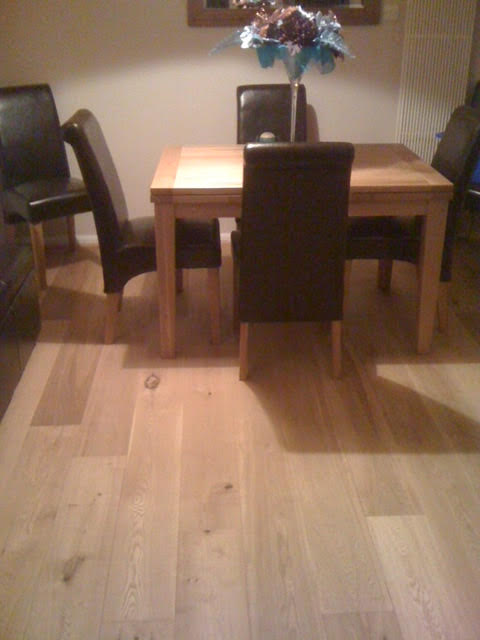
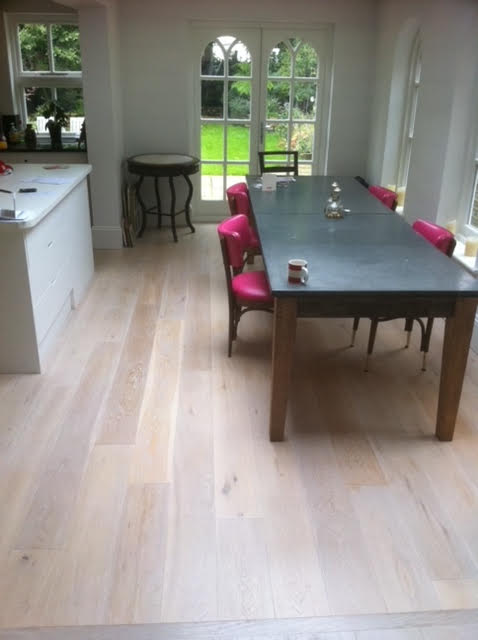
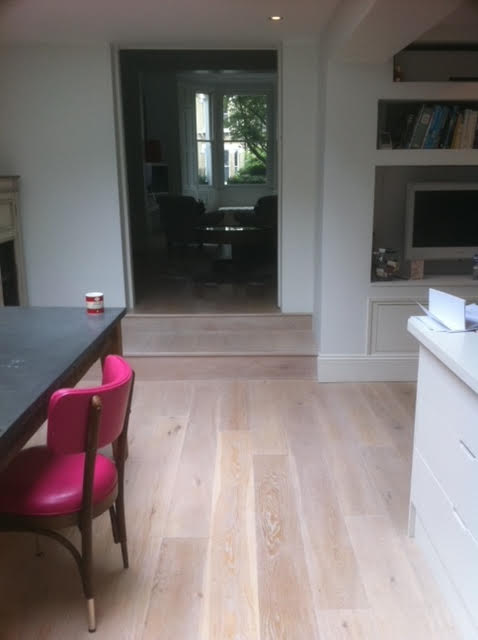
Essex
Abberton, Abbess Roding, Abridge, Alresford, Althorne, Ardleigh, Asheldham, Audley End, Basildon, Battlesbridge, Billericay, Birchanger, Blackmore, Black Notley, Bobbingworth, Bradwell-on-Sea, Braintree, Brentwood, Brightlingsea, Broomfield, Buckhurst Hill, Burnham-on-Crouch, Canvey Island, Castle Hedingham, Chadwell St Mary, Chafford Hundred, Chelmsford, Chigwell, Chipping Ongar, Clacton-on-Sea, Clavering, Coggeshall, Colchester, Corringham, Cressing, Debden, Dengie, Doddinghurst, Dovercourt, Earls Colne,
East Hanningfield, Elsenham, Epping, Felsted, Finchingfield, Fingringhoe, Frinton-on-Sea, Fryerning, Fyfield, Galleywood, Grays, Great Baddow, Great Dunmow, Great Notley, Hadleigh, Halstead, Harlow, Harwich, Hatfield Peverel, Henham, Heybridge, Hockley, Horndon on the Hill, Hullbridge, Hutton, Ingatestone, Ingrave, Kelvedon, Kelvedon Hatch, Lambourne, Langley, Latchingdon, Leigh-on-Sea, Loughton, Maldon, Manningtree, Margaretting, Marks Tey,
Matching Tye, Mountnessing, Navestock, Nazeing, Newport, North Weald, Ongar, Orsett, Pilgrims Hatch, Pitsea, Purfleet, Rayleigh, Rettendon, Ridgewell, Rochford, Roxwell, Roydon, Runwell, Saffron Walden, Sandon, Shelley, Shenfield, Shoeburyness, Sible Hedingham, Silver End, South Benfleet, Southend-on-Sea, Southminster, South Ockendon, South Woodham Ferrers, St. Osyth, Stanford-le-Hope, Stansted Mountfitchet, Stapleford Abbotts, Stebbing, Stisted, Stock, Stondon Massey,
Takeley, Tendring, Thorpe-le-Soken, Thaxted, Theydon Bois, Thundersley, Thurrock, Tilbury, Tiptree, Tollesbury, Tolleshunt, Toot Hill, Toppesfield, Ugley, Uttlesford, Vange, Waltham Abbey, Walton-on-the-Naze, Warley, Westcliff-on-Sea, West Hanningfield, West Horndon, West Mersea, West Tilbury, Wethersfield, Wickford, Witham, Wivenhoe, Wormingford, Writtle
North London
Barnsbury, Canonbury, Kings Cross, Pentonville, Hoxton, East Finchley, Finchley, Church End, Euston, Finsbury Park, Manor House, Highbury, Highgate, Hampstead Heath, Holloway, Islington, Crouch End, Harringay, Edmonton, Muswell Hill, New Southgate, Friern Barnet, Arnos Grove, North Finchley, Woodside Park, Palmers Green, Southgate, Oakwood, Seven Sisters, Stoke Newington, Stamford Hill, Newington Green, Tottenham, Enfield, Archway, Tufnell Park, Hornsey, Whetstone, Totteridge, Oakleigh Park, Winchmore Hill, Bush Hill Park, Grange Park, Wood Green, Bounds Green, Bowes Park
East London
Aldgate, Bishopsgate, Whitechapel, Shoreditch, Spitalfields, Stepney, Bethnal Green, Cambridge Heath, Bromley-by-Bow, Old Ford, Mile End, Chingford, Highams Park, Upper Edmonton, Lower Clapton, East Ham, Beckton, Barking, Forest Gate, Dalston, Homerton, Hackney, Victoria Park, Leyton, Upper Clapton, Wanstead, Snaresbrook, Manor Park, Aldersbrook, Plaistow, Upton Park, Poplar, Isle of Dogs, Limehouse, Canary Wharf, Stratford, West Ham, Maryland, Leytonstone, Temple Mills, Hackney Wick, Bow, Canning Town, Silvertown, Woolwich, Walthamstow, Woodford, South Woodford, Wapping, Romford, Upminster, Hornchurch, Collier Row, Gidea Park
Hertfordshire
Abbots Langley, Baldock, Berkhamsted, Bishops Stortford, Borehamwood, Braughing, Brickendon, Brookmans Park, Broxbourne, Buntingford, Bushey, Cheshunt, Chorleywood, Colney Heath, Cuffley, Elstree, Essendon, Furneaux Pelham, Goffs Oak, Great Amwell, Hemel Hempstead, Harpenden, Hatfield, Hertford, Hertingfordbury, High Wych, Hitchin, Hoddesdon, Hunsdon, Kings Langley, Knebworth, Letchworth,
London Colney, Maple Cross, Mill End, Much Hadham, Northaw, Potters Bar, Puckeridge, Radlett, Redbourn, Rickmansworth, Royston, Rush Green, Rushden, Sawbridgeworth, Shenley, South Mimms, Standon, Stanstead Abbotts, Stevenage, Tewin, Thorley, Thundridge, Tring, Wadesmill, Walsworth, Waltham Cross, Ware, Waterford, Water End, Watford, Watton-at-Stone, Welham Green, Welwyn, Welwyn Garden City, Westmill, Wheathampstead, Wormley
Wood Flooring Suppliers and Fitters | Wood Flooring Installers | Wood Flooring Contractors

